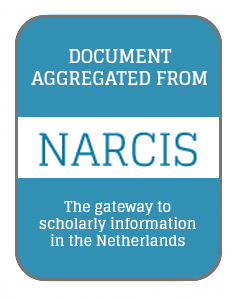Resource information
Evaluation of effects of agri-environmental measures on rangeland degradation in two less-favoured areas in Portugal
Nadia Manuela Jones
In the past decades there have been significant land use changes in Portugal. After the integration of Portugal in the EU, farmers have been able to benefit from EU policy measures, which were initially mainly aimed at supporting farmer’s income. It soon became apparent that these land use changes led to both intensification and abandonment of land, which were detrimental to the environment in various ways, in particular to higher soil erosion hazards and to an increased incidence of wildfire.
The thesis assesses the impact of agro-environmental policies on agro-ecosystem goods and services and land degradation at farm and regional levels in Portugal. It identifies the main land use changes, provides insight in the role of past policy measures targeting the preservation of extensive grazing in marginal areas, and explores the options for the improvement of future policy measures.
First an historical review is provided of land use changes in Portugal and their implications for land degradation and conservation. Thereafter an analysis is made of the farming systems in two less favoured areas in Centro and Alentejo regions, which showed an increasing focus on livestock and rangeland activities. Subsequently an assessment is made of the role of two specific EU agri-environmental measures (AEM) that preserve extensive grazing in these two less-favoured areas in Portugal. Thereby attention is paid to the uptake of these AEMs and to their effects on preserving reduced stocking rates and sufficient soil cover. An analysis is also made of the AEM payments and other EU subsidy flows, and their changes over the period 2005-2009, and of the effectiveness of the financial incentives offered through the two specific AEMS for preserving extensive grazing in the two research areas. Finally a normative analysis is made, whereby the impact of agri-environmental policy is targeted. Through scenario analysis of different combinations of policy measures for the two research areas, the impacts on extensive livestock farm production, soil erosion risk and wildfire hazard are assessed. A final discussion about the respective research results is presented in the synthesis of the thesis.



